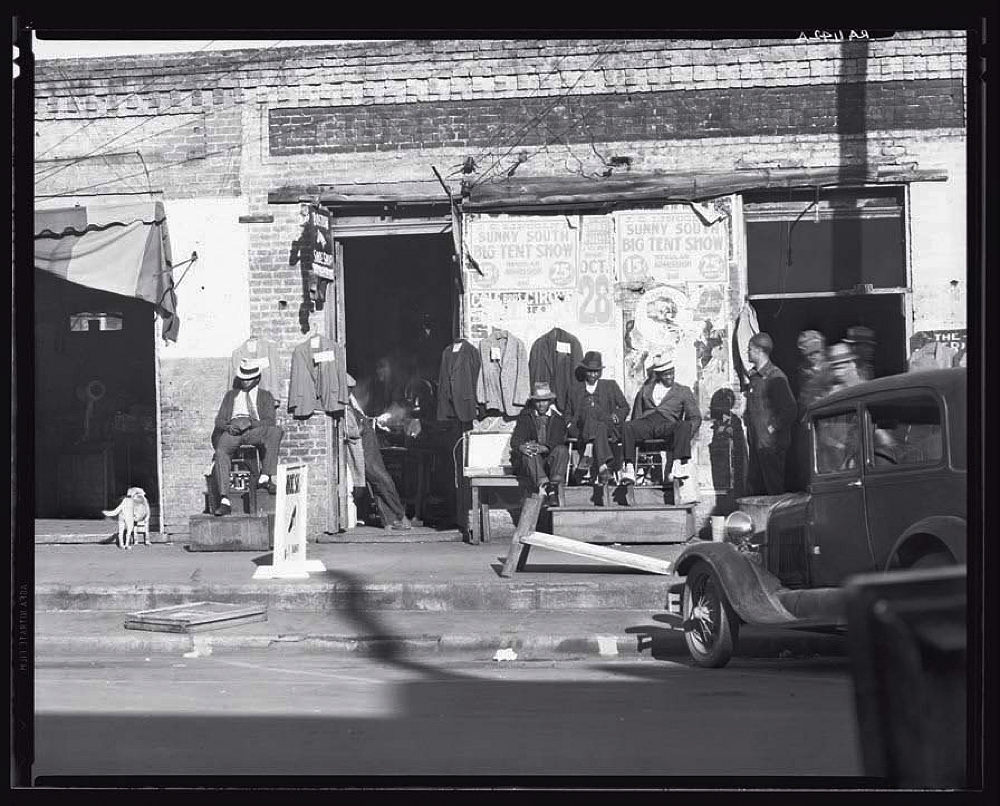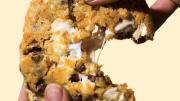This Is Not My Memoir, by André Gregory ’56 and Todd London (Farrar, Straus and Giroux, $26). The avant-garde director, famous for his role in My Dinner with André, commits a memoir in cinematic short takes. They are bluntly, memorably framed, as in the opening lines: “When I was a freshman at Harvard in 1952, I had horrible roommates and got slightly depressed. As a consequence, I moved into an awful rundown hotel in Boston to avoid them.”
Science and Cooking: Physics Meets Food, from Homemade to Haute Cuisine, by Michael Brenner, Pia Sörensen, and David Weitz (W.W. Norton, $35). Drawn from the wildly popular eponymous course and its HarvardX version, this book is the first known collaboration among an applied mathematician/physicist (Brenner), an applied materials/chemical engineer (Sorensen), and a physicist/applied physicist (Weitz)—the course proprietors—to include the recipe for cornflake chocolate chip marshmallow cookies: experiential learning of an unusual sort, with very hands-on making—and eating.
Other current books on food include the ambitious Resetting the Table: Straight Talk About the Food We Grow and Eat, by Robert Paarlberg. Ph.D. ’75 (Knopf, $28.95). The Wellesley professor emeritus, a scholar of international food and agriculture, pushes back against the vogue for “preindustrial food and farming methods,” which he summarizes as “small, local, and chemical-free (organic)”—and both unduly unscientific and inadequate to satisfy the demand for human society at large. And, returning to the kinds of very upscale places sometimes featured in “Science and Cooking,” Vaughn Tan ’05, Ph.D. ’13, assistant professor at University College London’s School of Management, explores The Uncertainty Mindset (Columbia University Press, $25 paper) to harvest “innovation insights from the frontiers of food” (the subtitle). The chaotic ethos of high-end kitchens turns out to be a model laboratory for creativity. But not all the attributes will appeal to everyone: the virtues of “carefully designed progressive overload” and motivating innovation “not with carrots but with well-chosen sticks.” This perhaps brings to mind the adage about not wanting to see how the sausage is made.
Mass Appeal: Communicating Policy Ideas in Multiple Media, by Justin Gest ’04 (Oxford, $21.95 paper). A text, by an associate professor of policy and government at George Mason University, turns out to have crossover appeal. In an era when, say, recommendations about social-distancing, allocation of PPE and testing reagents, and mask-wearing matter to policymakers, politicians, and the public, it is refreshing to have a scholar weigh in on why the words used to articulate them matter, how they matter, and how to use them more effectively—in case anyone is reading or listening.
The Great Demographic Reversal, by Charles Goodhart, Ph.D. ’63, and Manoj Pradhan (Palgrave Macmillan, $29.99). A big academic book on a big subject. The economic ascent of China and the export of that change to the world economy via globalization caused inflation and interest rates to sink, and inequality to widen, for three decades. Now, say the authors, of the London School of Economics and an economic consultancy, respectively, all those trends will reverse, as demographic change (aging societies) empowers labor, lessens inequality, and renews inflation; agree or not, you may find it encouraging that somebody is thinking about these things among the pressing, current miseries.
Leaders Who Lust: Power, Money, Sex, Success, Legitimacy, Legacy, by Barbara Kellerman, Burns lecturer in public leadership, and Todd L. Pittinsky, Ph.D. ’01 (Cambridge, $29.95). Kellerman, of the Kennedy School, and Pittinsky, of Stony Brook, know how to title a book. This is an academic work of applied psychology, examining the drives that impel leaders: a sort of immersion in immoderation. In an accident of good timing, their work might well provide insight into at least some elements of the current American presidential and other elections.
Capitalism at Risk: How Business Can Lead, by Joseph L. Bower, Herman B. Leonard, and Lynn S. Paine (Harvard Business Review Press, $32). In this updated, expanded edition, three Business School professors (Bower is emeritus, and Leonard holds a Kennedy School chair, too) extend their case for businesses to address “potential threats to market capitalism”—most of which have worsened in the decade since they first wrote. In the wake of the Great Recession, the pandemic and its economic devastation, the further enlargement of enormous companies with significant market power, and external threats like climate change, they address private-sector leaders with urgency: “We believe the time to deliver on the core promise of free-market capitalism is running out.”

“Sidewalk Scene, Selma, Alabama, 1935.” Revisiting Walker Evans’s work suggests his enduring power and relevance.
Walker Evans: Starting from Scratch, by Svetlana Alpers ’57, Ph.D. ’65 (Princeton, $39.95). A scholar of Dutch Golden Age painting, now emerita from Berkeley, takes a vivid, fresh look at the remarkable photographer whose well-known work on cities and on American rural poverty resonates today. But there is much more to see, and say. Many of the 143 plates will not be familiar, and Alpers interprets them in the context of international literature and art, inviting “those who don’t know Evans [to] discover his greatness,” and ranking photographic achievement with literature and painting of the highest quality.
The Religion Clauses: The Case for Separating Church and State, by Erwin Chemerinsky, J.D. ’78, and Howard Gillman (Oxford, $24.95). The dean of the UC, Berkeley School of Law and the chancellor of UC, Irvine, plumb the First Amendment enshrinement of the freedom of religion, and conclude that government ought to be strictly secular, “the best way to interpret the religion clauses for a society that is increasingly religiously diverse.” The Supreme Court, as currently constituted, seems poised and eager to challenge their interpretation.
Time Smart: How To Reclaim Our Time and Live a Happier Life, by Ashley Whillans, assistant professor of business administration (Harvard Business Review Press, $28). An expert on negotiation examines how people trade off time and money. At the current moment, when lots of people have lots of time on their hands (and, unfortunately, millions have been dispossessed of their livelihoods), she applies insights from behavioral science for a lay audience. Her practical advice on how to achieve a “time-affluent life” will certainly resonate (“vary your activities,” “say no,” “ask for more time”)—but after the easy part, the reading, the payoff surely comes in the doing.
C. Miller Fisher: Stroke in the Twentieth Century, by Louis R. Caplan, professor of neurology (Oxford, $55). Three-quarters of a million Americans suffer a stroke each year, 150,000 die from strokes annually, and many suffer prolonged disability. Understanding the condition, and how to care for patients, evolved from the dark ages in no small measure due to C. Miller Fisher, who was on the neurology staff of Massachusetts General Hospital for a half-century. A successor, and fellow leader in neurology, explains the science by telling the life.
We Keep the Dead Close, by Becky Cooper ’10 (Grand Central, $28). An exhaustive, cinematically constructed journalistic investigation of the unsolved 1969 murder of anthropology graduate student Jane Britton: “A Murder at Harvard and a Half Century of Silence,” as the subtitle puts it.









